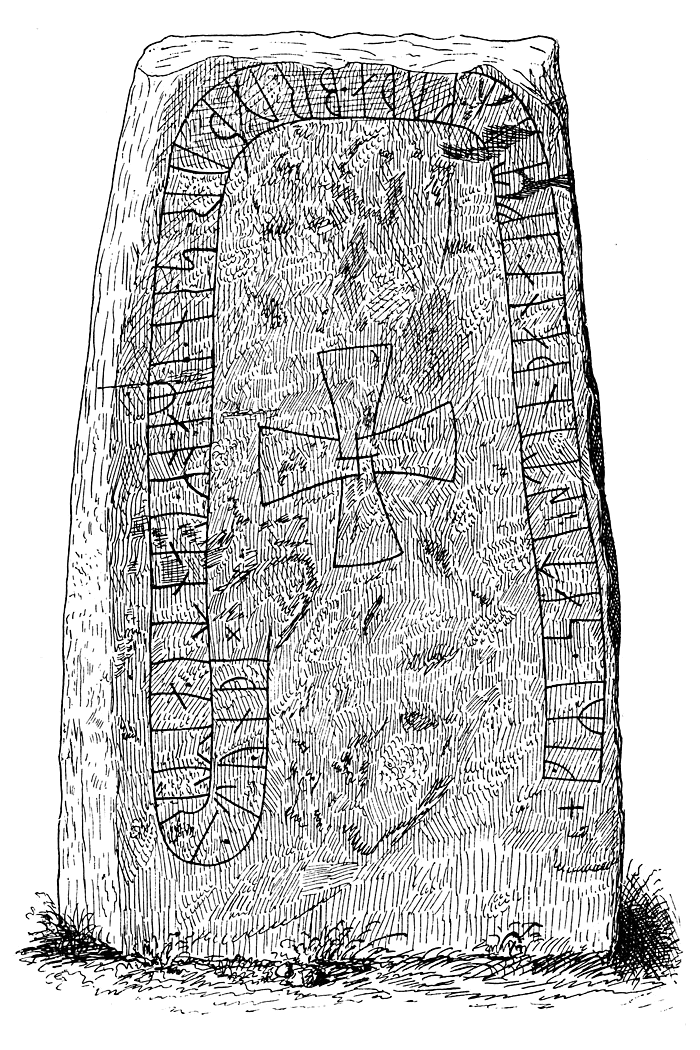
| Longship Company, Ltd. | Ship’s Manual |
| iii | Foreword |
|---|
Those who operate either original or replica or analogs of historic vessels are frequently left in the situation of reinventing the wheel. There is an abundance of information for 19th and 20th century customs of seamanship, and a great deal of insight to be had from written works in the 17th and 18th centuries, but the further back one goes, the less that is known for certain. Earlier ships, like longships and triremes, must be reconstructed from interpretations of frequently–incomplete archaeological finds. Such finds typically will be missing pieces of rigging, sails and equipment which must be inferred from what is known about the culture that built them, or generally accepted nautical practice.
Add to this the accretion of nautical custom from the last couple of centuries from ballasted fore and aft rigged vessels, steel hulled and steel sparred highly advanced windjammers, yachting etiquette, national custom and traditions (that may or may not have existed or have roots in practices from millennia before) military discipline and necessity, plus the individual customs and attitudes and speculation of the sailors and scholars and reenactors and enthusiasts involved in these projects; and you have a recipe for a perfect muddle.
Frequently the cry goes up: “But we’ve always done it this way!” Maybe you have, but did they? One also has to take into account other factors such as the efficient operation of the vessel, the safety of both the vessel and the crew, the limitations of a crew that has not built up the physical stamina required by a lifetime at the oars or before the mast, and the modern inclusions of certain emergency equipment (frequently mandated by law) and navigational gear that not only provide a margin of safety, but also affects the outlook of the officers and crew. (I’ve navigated in the fog with a magnetic compass; I would not like to try it without one, even if members of the crew are insisting on some sort of authentic experience! As we say: “Death, while historically accurate, is not a desirable outcome.”)
This manual, based on over 40 years of operating square sailed and oar powered vessels, is an amalgam of historic and modern practices. Many people and sources have contributed to it, and a number of other organizations have incorporated elements of it in their operating procedures and manuals for their vessels. We know these practices work for us, based on the vessels and the experiences we have had. How close — or far — they come to historic practices and procedures is certainly open to question and further research. If there are better ways; we may learn and incorporate them. If research reveals more historic methods, we may experiment and see if they work better, or worse, than our procedures. This has been, and will continue to be, an evolving document based on research and experience. Its primary purpose is to ensure that our vessels and crew are able to get from “Point A” to “Point B” with some degree of safety and efficiency and in good repair and health. We will continue to pursue anything that will further those ends, and increase our understanding of historic times, people, and their vessels, while keeping in mind the first, last, and most important rule: “Don’t drown.”
